by Roaming Rome
I still remember the sun-dappled path that led our little troupe of adventurers into Mirisbiris Garden at precisely one o’clock on those unforgettable afternoons of May 25 and June 14. As the camp master, I felt a thrill watching a dozen eager faces—ages four to seven—emerge from the parking area, clutching water bottles and wide-eyed with anticipation. Our day camp, “Little Explorers, Big Adventures,” might have sounded grand, but beneath that title lay simple, muddy‑to‑toes fun and the quiet magic of nature’s classroom.

We began by gathering Narra room, a common holding area of the visitor center. I introduced the day’s mission, reminders and what to expect for the day. Right after the introduction Mrs. Newhall led the troop to the vermicast station. The children sit around the vermi-bin and peered into their small bins writhing with worms. Tiny fingers sifted through damp soil, marveling at how these humble creatures turned kitchen scraps into black gold. “Look,” Madam Glenda whispered, “you’re helping the garden grow!” Watching their eyes light up reminded her why she love these camps so much.


By two, the scavenger hunt was in full swing. Armed with fold-out workbooks and Elmer’s glue, the kids set off down winding trails that threaded through ginger thickets and clusters of fragrant orchids inside the Kamea’s garden. They’d erupt in squeals when someone discovered a fan‑shaped leaf or a blade of grass with a perfect dew droplet. Each find was met with triumphant glues and giggles as they pressed specimens into their journals, racing to complete word puzzles and nature trivia scattered among the pages.




To inspire the kids creativity, Mayce Candaza, our camp artist, unfurled canvas tote bags for their next project: eco-printing. Under Mayce’s gentle guidance, our little artists arranged leaves of every color—rusty reds, lemony greens, deep violets—across their bags. Careful as museum curators, they dipped each leaf in natural dye and pressed it into place. Soon, patterns bloomed: wild ferns dancing alongside broad mango leaves, the veins of each specimen captured in subtle pigments. Their concentration was absolute, broken only by bursts of laughter when someone’s leaf slipped and landed on a friend’s shoulder.




As the sunlight shifted, we gathered at the camping ground—a mildly sloped, polished grassy area were kids and campers are free to roam around. I challenged the campers to identify the birdsong echoing through the canopy. “That one’s a Collared Kingfisher,” I said, pointing skyward, “and over there, listen for the coo of a Spotted Dove.” Children pressed their arms through the railings, binoculars bobbing against their chests.




By late afternoon, the air grew cooler, and Dr. Chris Newhall, our Earth Science expert, beckoned us into the forest again—this time for a “night safari” before dusk. Armed with headlamps and guided by his calm voice, we followed a narrow trail where millipedes and termites scuttled across fallen branches. “See how the baby ‘Bikal’ bamboo shoots curve like cobras?” he asked, pointing to tender green sprouts weaving through the undergrowth. Mrs. Glenda Newhall hovered nearby, identifying strangler figs as they wove around host tree of Narra, and teaching us how balete roots creep and coil in silent persistence. I also showed my part, guiding the pack like Peter Piper, stopping at an interest spot one at a time to let the kids what resident plants and trees can be seen along the trail, there was “Karagumoy” a thorny cousin of “Pandan” used for weaving the indigenous mat called “Banig” and the gigantic “Pili” trees that has buttress roots that help this indigenous plants resilient to category 5 typhoons.


When the sky was lit by thousand stars, we returned to the clearing. Parents present, settling on mats around a central bonfire that crackled to life. I invited everyone to lie back on blankets for stargazing. With the glow of phones hushed, we tilted our heads skyward and I traced the constellations: the prow of the Big Dipper, Orion’s belt, the lone bright dot of Venus. I encouraged parents to keep this old‑world ritual alive at home—no telescopes, no screens—just the naked eye and a story whispered across generations.


As the clock neared eight, Mrs. Newhall’s soft guitar chords floated through the night air. Children queued to roast marshmallows, their faces glowing in the firelight as gooey treats sizzled on sticks. The first bite drew delighted shrieks; tiny hands clasped around graham crackers and chocolate bars as s’mores were assembled in sticky perfection. Amid the chorus of “Twinkle, Twinkle, Little Star,” I glanced around: campers, sticky and sleepy, beaming beneath star-strewn skies; parents, content; and our volunteer scholars—one staff member for every three children—moving with calm efficiency to refill water bottles or to check if the little learners enjoys the moment.



By half past eight, we closed our circle. Tired as they were, each child wore a grin of quiet triumph—no gadgets, only new discoveries etched into their notebooks, their minds, and their hearts. We awarded the kids with their earned badges, coveted certificates and applauded them and their parents for surviving the day without gadgets and learning new things in nature. As I waved goodbye, I carried a promise in my pocket: this day camp is more than an afternoon of fun. Every registration fee supports Mirisbiris’s mission—environmental education for all and scholarships for underprivileged youth to pursue college dreams. When you join us, you’re not just promising your child a day of adventure; you’re planting seeds of knowledge, hope, and community that will grow long after the final ember of the bonfire fades.
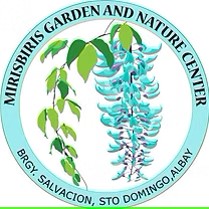
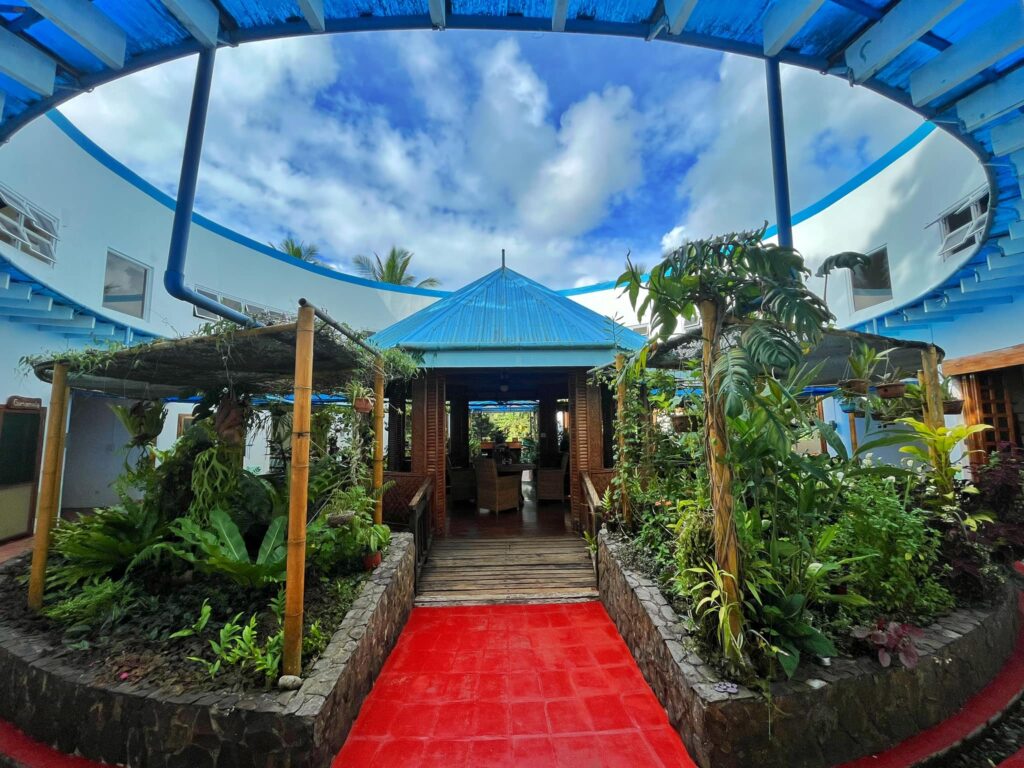

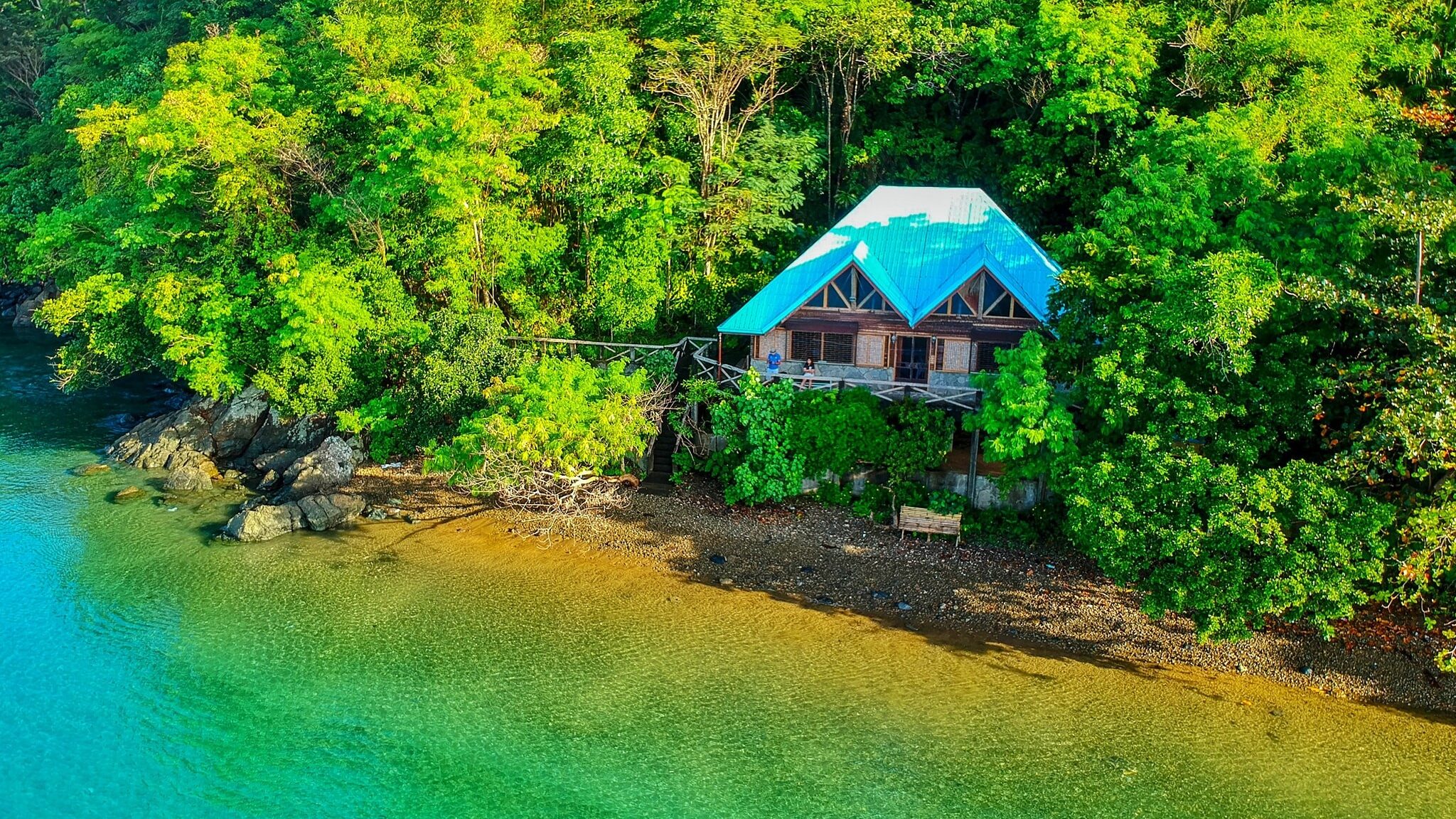
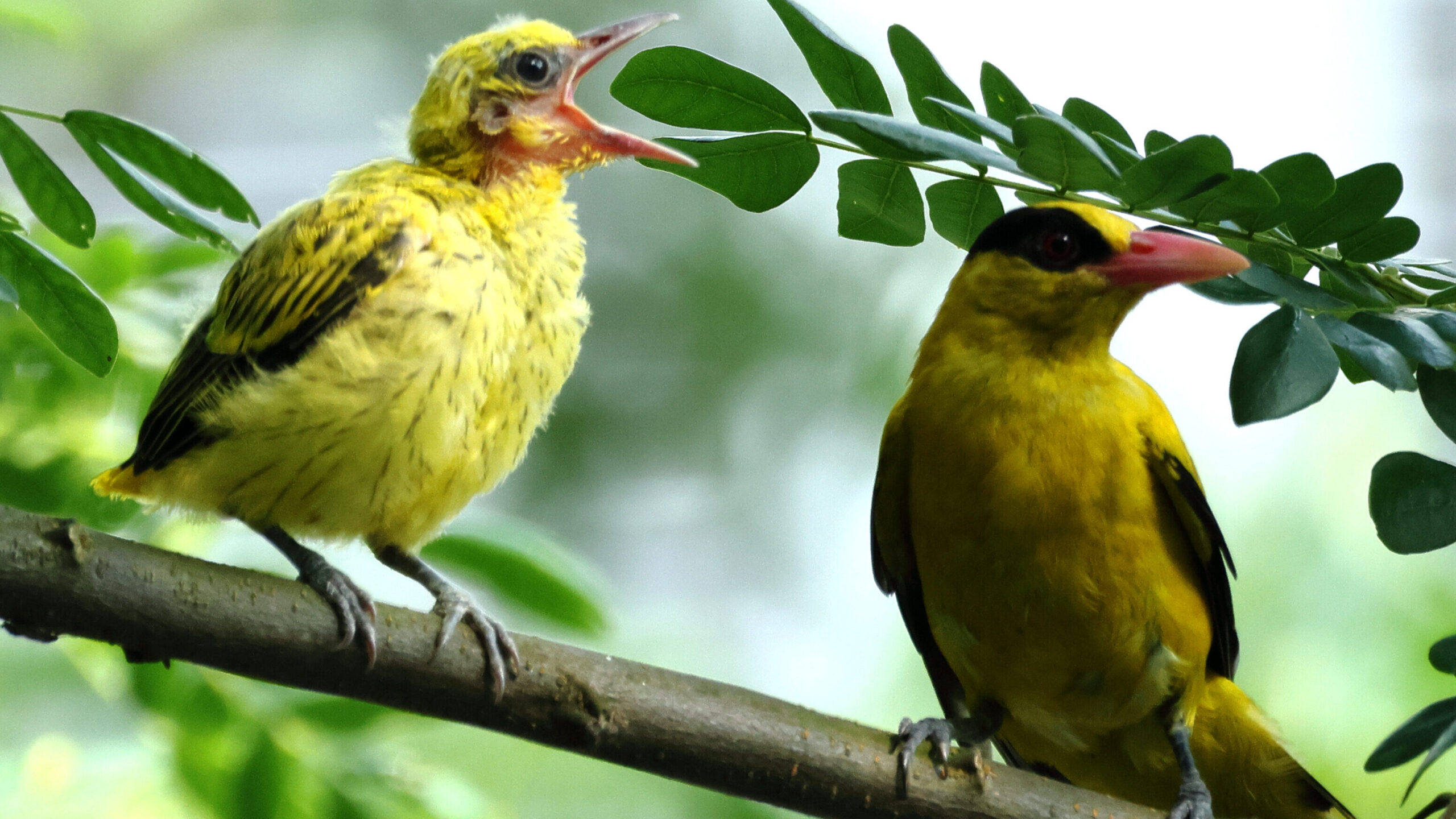
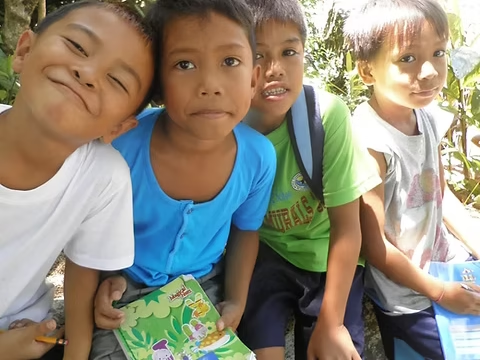

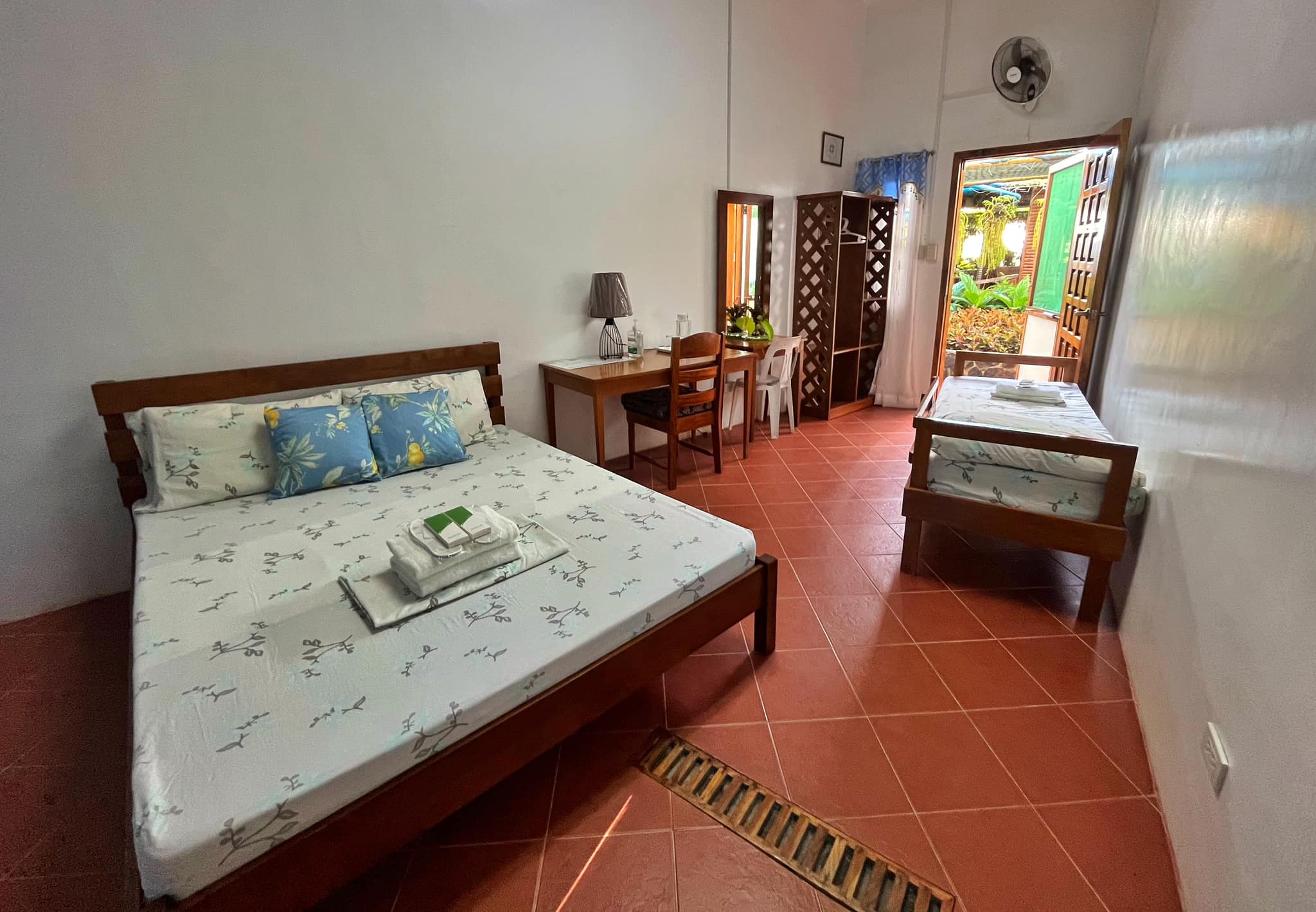
Leave a Reply